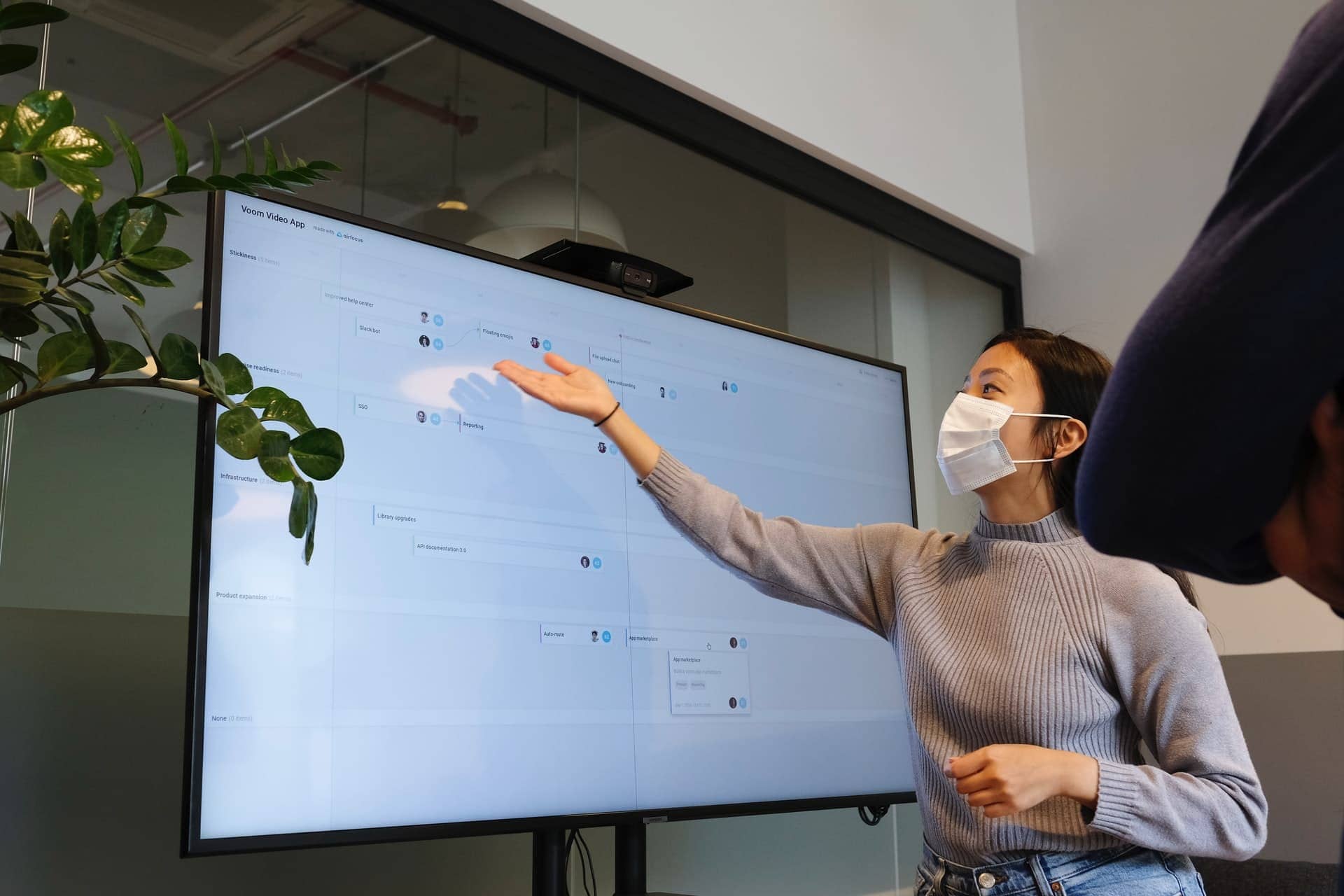The COVID-19 impact on real estate and the greater economy was severe in the past year, but its effect on consumer behavior and the resulting implications on tenant businesses are still playing out. Companies know they must respond to both evolving trends and sudden economic swings, but adapting to a once-in-a-century pandemic is another matter altogether. Smart corporations are rethinking their organizational and operational models to effectively navigate the demands and opportunities of an ever-changing market.
Disruption over the past two decades has come in many varieties, from global conflict to economic recession to technological breakthroughs, such as e-commerce. All had a major economic impact, a key component of which is consumer confidence. COVID-19 has had a disparate effect on consumers and their behavior, as homebuying and the home-shopping of e-commerce maintained or increased pace while many commercial real estate sectors struggled and the hospitality sector needed a hospital, so to speak.
A New Era of Consumer Engagement
Obviously, the biggest shift in consumer behavior of 2020 involves the concern about the health and safety of public places. There’s also cost-conscious consumption due to changes in disposable income with more people out of work. In general, this has led to a huge shift to digital and omni-channel services. Convenience has always been a major value within the consumer journey, but now the caution component has put that priority in a new light.
Companies are striving to connect with and engage consumers in the most effective way, but the priorities and behaviors of those consumer targets have shifted. The implications are nothing short of substantial. Businesses must work with property owners and managers to adopt new hygiene standards and technological integrations in physical locations. Also, to attract tenants, office landlords are having to reinvent leasing methods, providing tenant rep brokers with virtual tours and experiences that whet the appetite of prospective tenants, who are still interested in new space, but prefer to cut down on the number of visits.
Workforce flexibility and fluidity across the consumer journey and its many touchpoints are essential to ensure health and safety. Instead of the traditional group outing to the movie theater or piling into a booth at one’s favorite restaurant, consumers are experiencing hybrid physical and digital experiences, such as contactless delivery and virtual engagement innovations. The good news is that today’s advanced technology can be leveraged to improve consumer feedback cycles and solve consumer needs quickly.
Optimizing Office Space for Resiliency
Secure and safe work environments are always important, but the pandemic has brought heightened awareness. To that end, property owners are rethinking and redesigning physical spaces to be more flexible for tenants and their consumers. To manage hybrid physical/virtual teams, technology like workplace management platforms allow companies to engage with employees to handle office personnel spacing and scheduling to get a greater sense of the true use and density of an area, floor or building. They are also extending protocols for data, network and systems, and increasing levels of employee monitoring through a digital command center.
New steps, rules and restrictions can bog employees down, leaving them feeling loaded down with liability instead of being positive and proactive. Organizations that strive to cultivate an empowered workforce see those efforts translate into stronger job performance, job satisfaction and company commitment. Transparency helps to build trust and confidence, and less hierarchical organizations with more cross-functional teams encourage both solutions-based alignment and more experimentation and innovation.
If COVID-19 has taught us anything beyond sound health and safety practices, it’s the need for agility. A mindset of continuous improvement — through both adaptation and innovation — to maintain competitive advantage is essential, but it must be done with speed and commitment and in a systematic way. Companies should think about what processes can be reengineered to achieve greater agility. This process involves a systematic review of the current way of doing things, devising a data-driven blueprint for a new operating model and deployment at scale, starting with one business area then replicating company-wide based on the initial results.
Reassessing Risks & Opportunities
COVID-19 seemed to blend risk management with crisis management, with 2020 bringing fear, then uncertainty, while we dealt with once-in-a-century challenges and contingencies. One real estate investment research director called the work-from-home movement “the largest social experiment of all time.”
Whether it’s 1918 or 2020, 1929 or 2008, risk is always a reality. Successful companies pursue greater returns while managing and mitigating risk. Agile and dynamic planning to identify and protect the most valuable and mission-critical business assets is imperative. This should involve regular mapping and maintained awareness of potential threats, from geopolitical tensions and technological disruptors to cyber theft. The pandemic year will likely trigger a recalculation of business disruptions and recovery scenarios and spur the rethinking and reactivation of business continuity plans. What will the next economic shock be?
Whether at companies or in careers, people think in terms of getting ahead, meeting goals and sustaining success. What if property owners changed their view of risk to one of opportunity? Enhanced protection should be invited to join elevated performance at the head table.
With investment in exponential innovation and risk-mitigating technologies, there’s an opportunity for greater risk mitigation and thus loss prevention. An accelerated transformation to enhance business efficiency and effectiveness opens up a big window of opportunity, as do reimagined strategies to capture new marketplaces and tenant segments.
Closing
In business, there is no crystal ball or silver bullet to avoid crisis or perfect risk management. And unfortunately, tough years like the last don’t wrap up nice and neat like one would hope.
Proper commercial real estate risk management involves reassessing tenant engagement and what that means for business, including facilities, processes and future strategies. Reinventing organizational and operational models will help improve risk management and help companies navigate uncertainty.
To learn more about real estate risk management, click here.




